
Microscopes play a crucial role in various aspects of dentistry, offering enhanced visualization, precision, and diagnostic capabilities. Here are some key uses of microscopes in dentistry:
1. Endodontics (Root Canal Treatment): Microscopes are widely used in endodontic procedures to magnify and illuminate the interior of the tooth’s root canal system. This enhanced visualization allows endodontists to identify and treat complex root canal anatomy, locate and remove calcified canals, and ensure thorough cleaning and shaping of the root canal space. Microscopic endodontic treatment results in higher success rates and reduced risk of complications.
2. Restorative Dentistry: Microscopes are valuable tools in restorative dentistry for performing procedures such as cavity preparation, tooth restoration, and prosthetic fabrication. Dentists use microscopes to visualize fine details and margins, ensure precise tooth preparation, and achieve optimal fit and aesthetics for dental restorations such as fillings, crowns, bridges, and veneers.
3. Periodontics (Gum Disease Treatment): In periodontal treatment, microscopes are used to visualize the intricate structures of the periodontium, including the gums, periodontal ligament, and alveolar bone. Microscopic assessment helps periodontists accurately diagnose periodontal disease, identify areas of infection or inflammation, and perform minimally invasive periodontal surgeries with greater precision and predictability.
4. Oral Surgery and Implantology: Microscopes are essential tools in oral surgery and implantology for performing procedures such as tooth extractions, bone grafting, and dental implant placement. Surgeons use microscopes to visualize anatomical structures, assess bone quality and density, and ensure precise surgical technique for optimal treatment outcomes and implant success.
5. Orthodontics: In orthodontic treatment, microscopes are used for diagnostic purposes and during certain procedures such as indirect bonding of orthodontic brackets. Microscopic examination of dental casts and intraoral scans allows orthodontists to analyse tooth morphology, identify malocclusions, and plan customized orthodontic treatment strategies for patients.
6. Dental Laboratory Work: Microscopes are indispensable tools in dental laboratories for fabricating custom dental restorations such as crowns, bridges, and dentures. Dental technicians use microscopes to examine dental impressions, wax patterns, and finished restorations, ensuring accuracy and quality in the fabrication process.
7. Dental Hygiene and Education: Microscopes are valuable educational tools for dental hygiene students and professionals to study oral anatomy, microbiology, and pathology. They provide detailed visualization of dental structures, oral tissues, and oral microbiota, enhancing understanding and proficiency in oral hygiene practices and patient education.
As dentistry continues to evolve, the integration of microscopes into dental practices enhances diagnostic accuracy, improves treatment outcomes, and advances the quality of patient care. With Buzzdent, a leading dental e-commerce website, practitioners can access cutting-edge microscope technology to elevate their practice and deliver comprehensive oral health services effectively.
To know more or place your order log on to www.buzzdent.com or talk to our dental expert on +91 9653135456 or +91 8899943888.
Authored by Dr. Anand Mohatta

 Buzz Deals
Buzz Deals Clinic Wear
Clinic Wear Covid Safety Store
Covid Safety Store Disposables
Disposables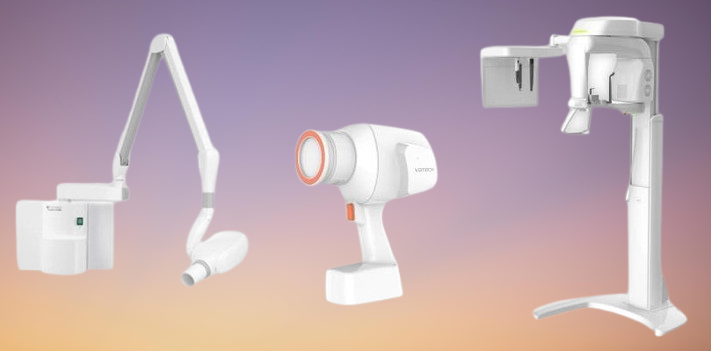 Dental X-ray Shop
Dental X-ray Shop Endodontics
Endodontics Restorative Dentistry
Restorative Dentistry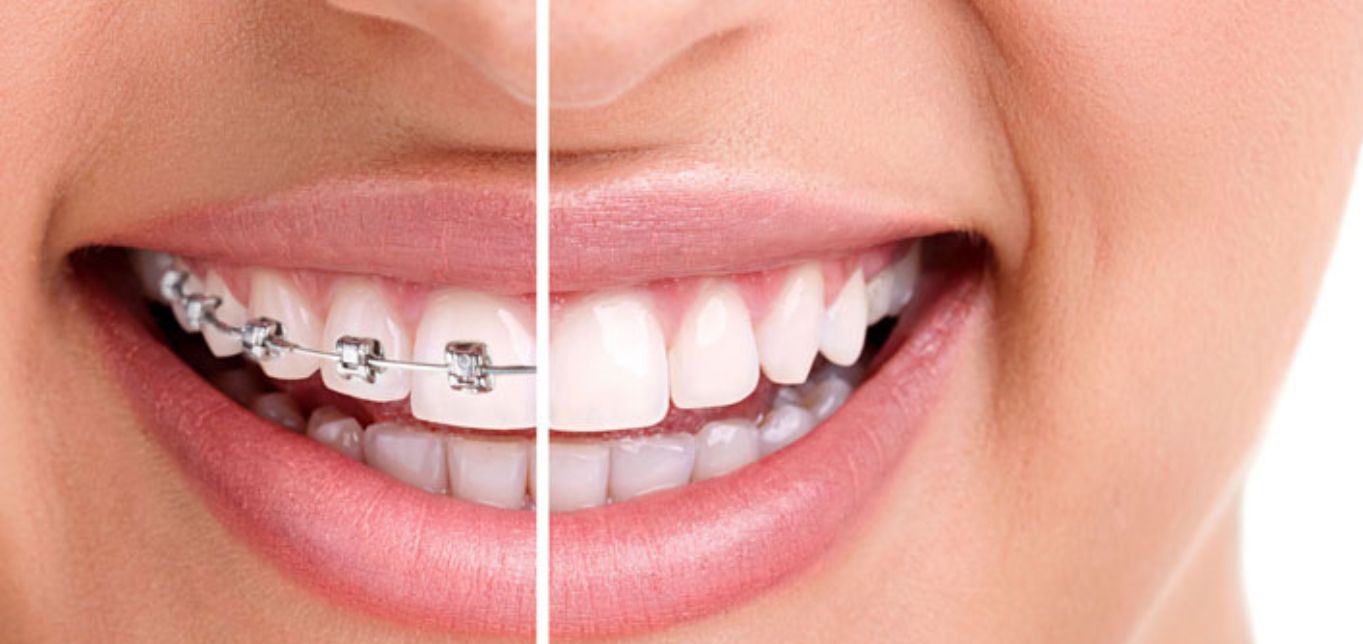 Orthodontics
Orthodontics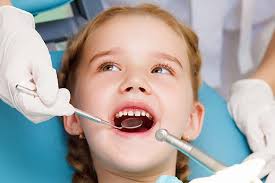 Pedodontics
Pedodontics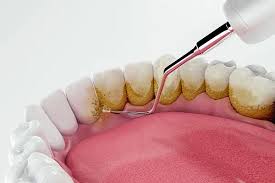 Periodontics
Periodontics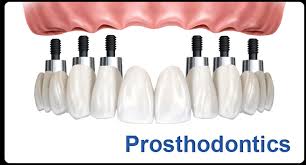 Prosthodontics
Prosthodontics Equipment
Equipment Everyday Dentistry
Everyday Dentistry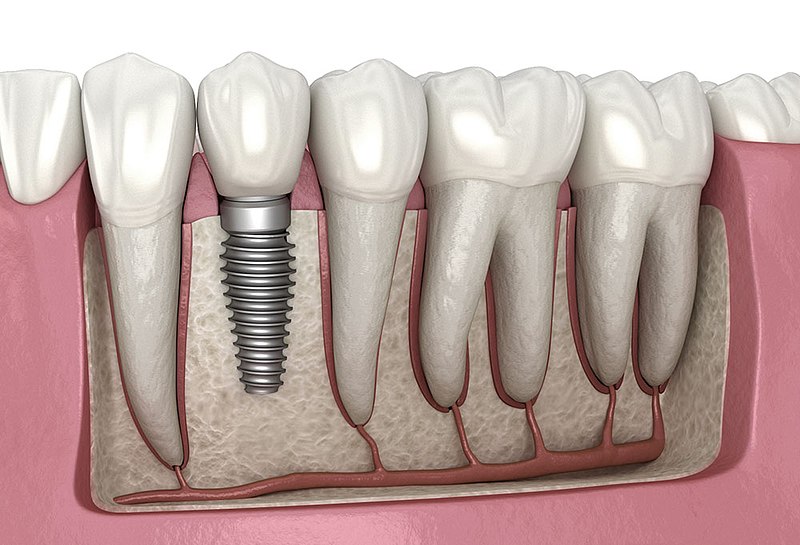 Implantology
Implantology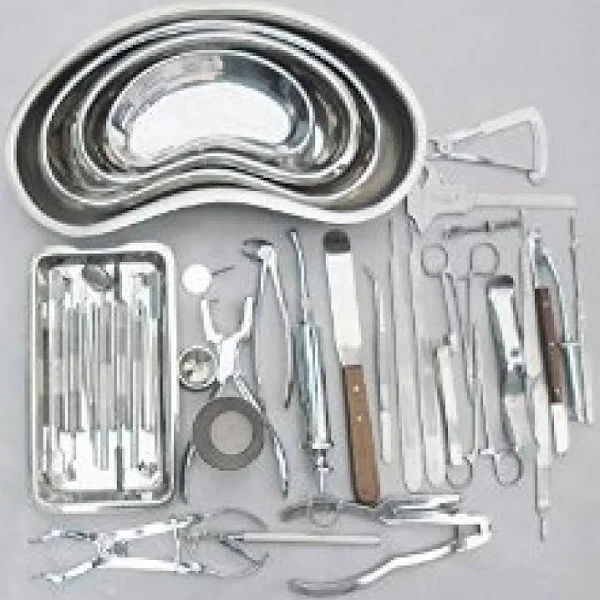 Instruments
Instruments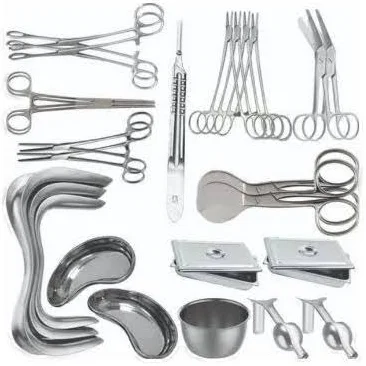 Surgical Instruments
Surgical Instruments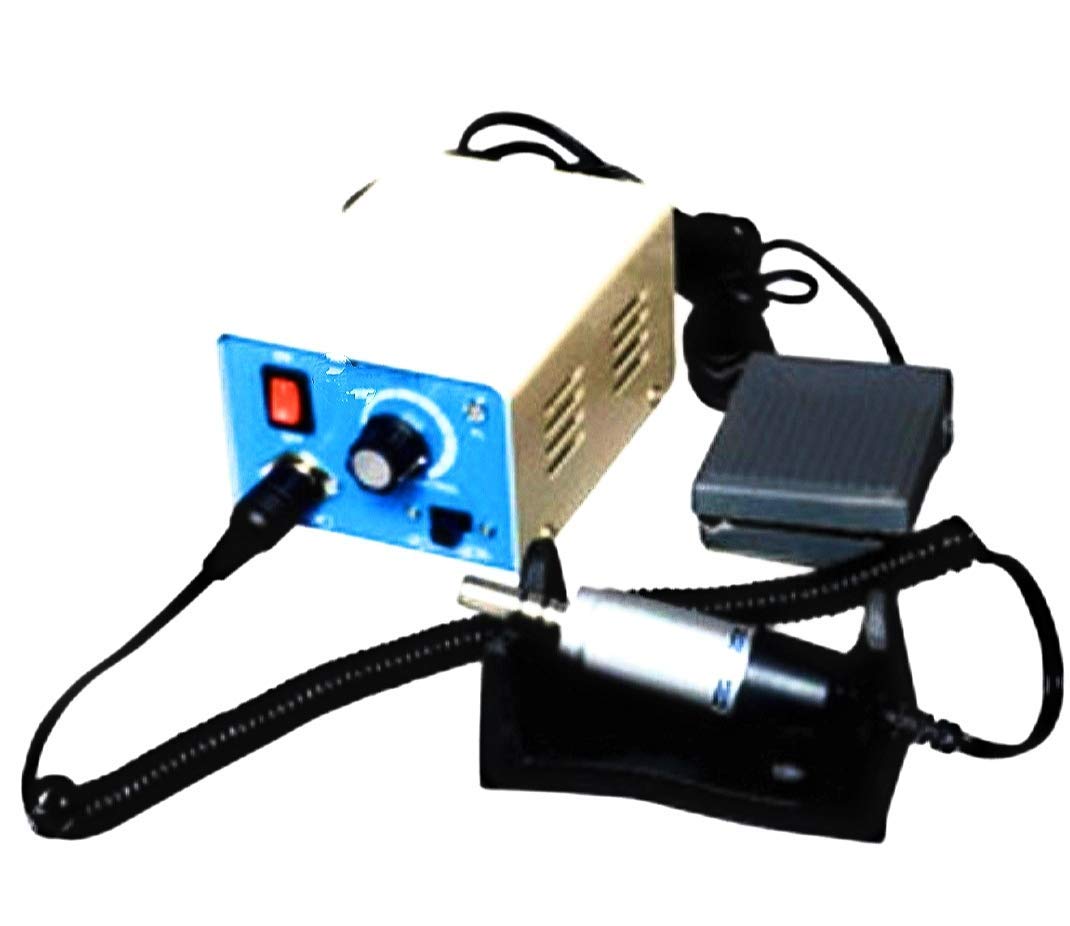 Hand Pieces & Micromotor
Hand Pieces & Micromotor Laboratory
Laboratory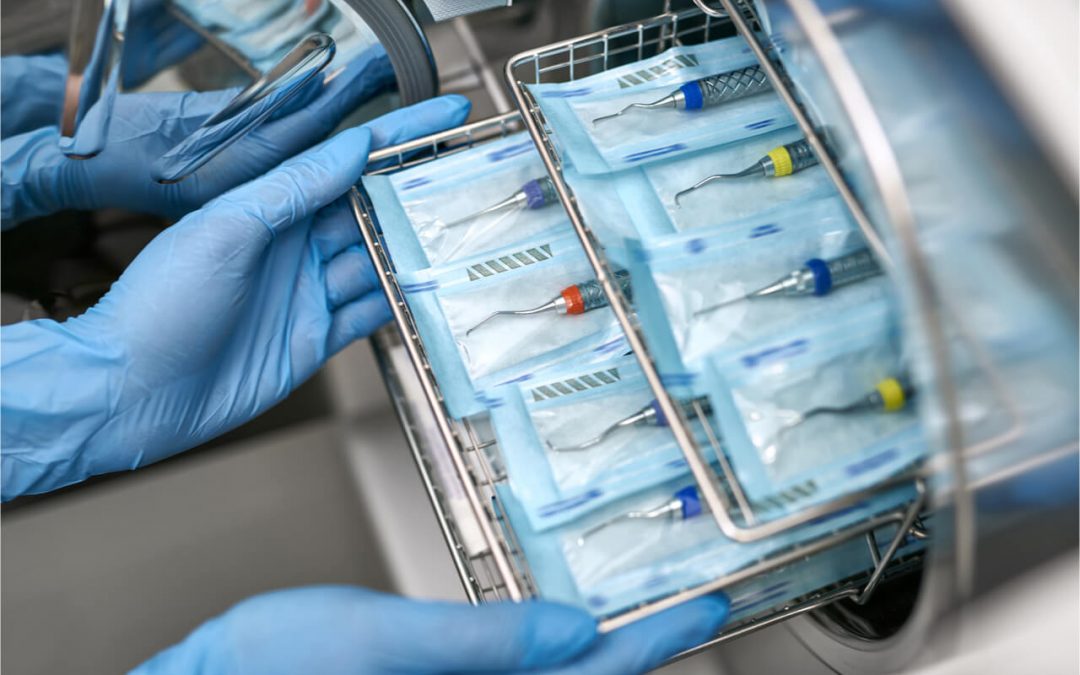 Sterilization
Sterilization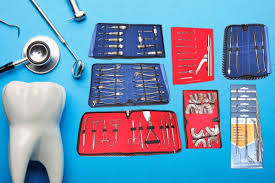 New Clinic Setup
New Clinic Setup Students Section
Students Section



 Home
Home  Whishlist
Whishlist  Compare
Compare  Checkout
Checkout